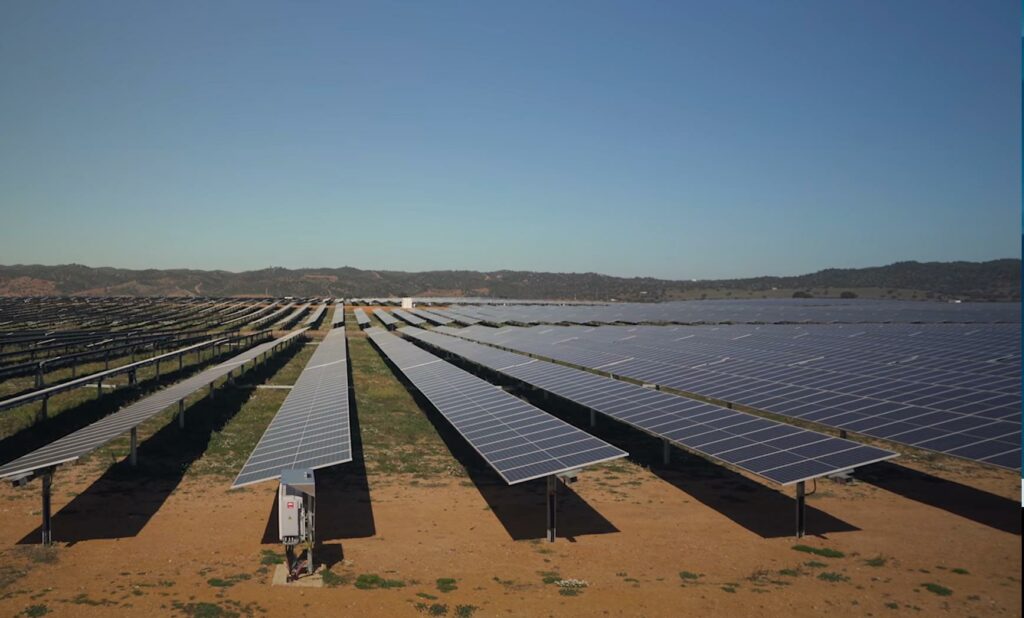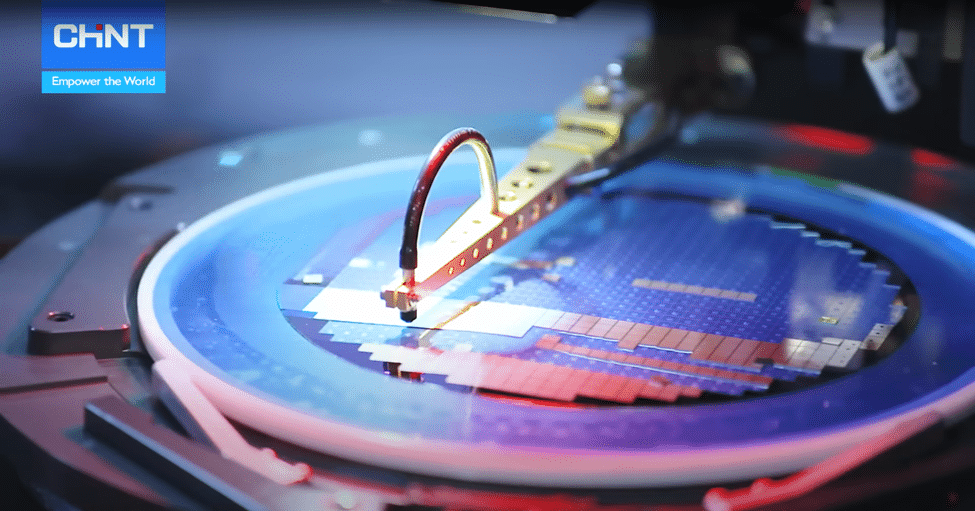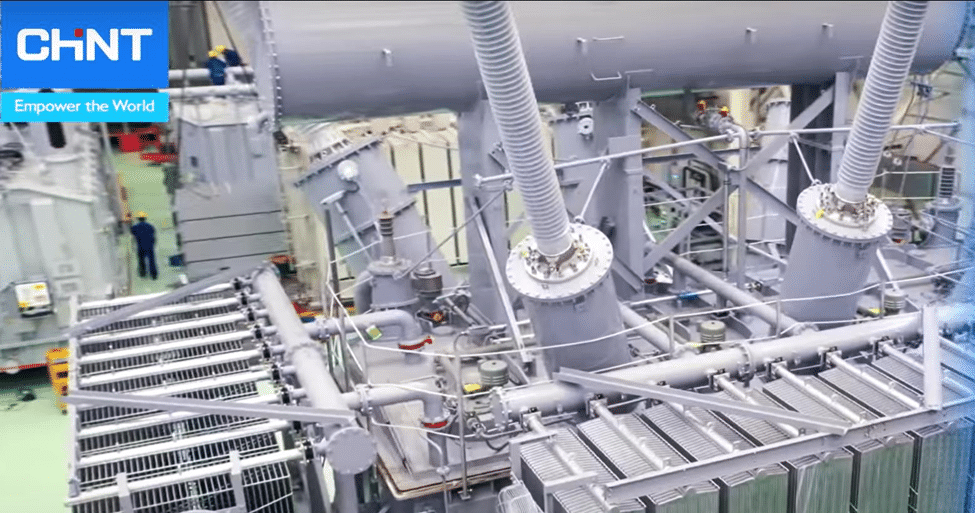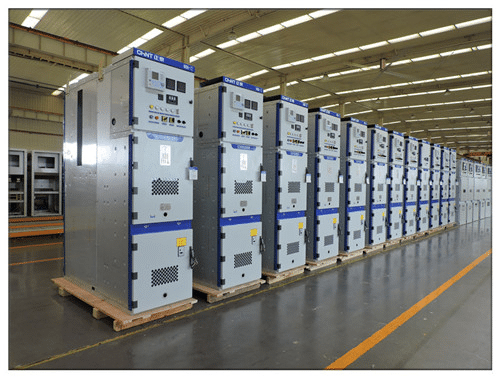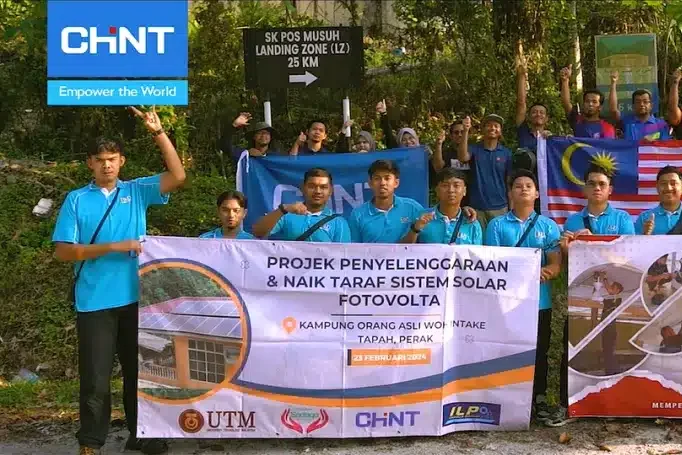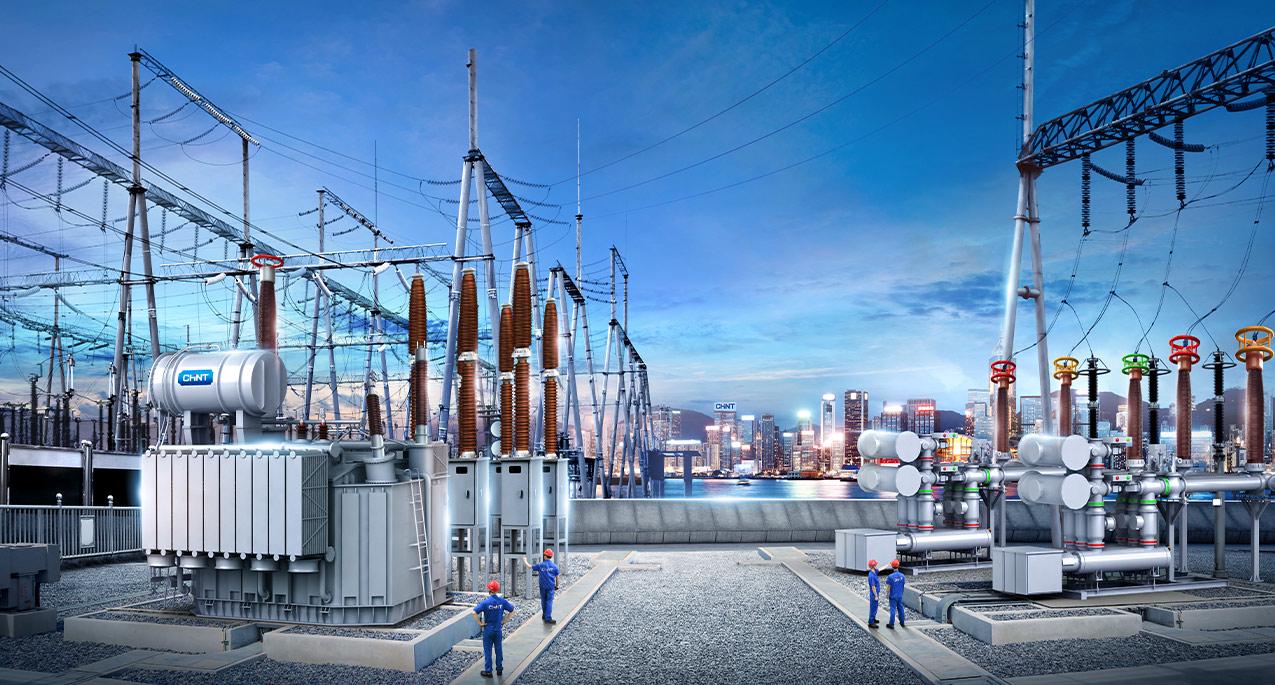Table of Contents
A solar inverter is an integral component of the solar energy system. It gets hold of direct current (DC) energy and converts it to alternating current electricity (AC). If you live in an area where the load exceeds supply or a place that experiences regular outages, you should invest in a solar panel inverter system.
How does a solar inverter work?
The solar panels are made of photovoltaic cells – semiconductor layers of gallium arsenide or crystalline silicon. Once the sun shines, these layers absorb energy from the PV cells. The energy moves between positive and negative layers to produce a direct current. Once the energy gets in the inverter, it runs through the transformer and splits out an AC output. Technically, the inverter tricks the transformer to think that DC is AC. The appliances on your home run on 120/240V AC.
The energy is either sent to the battery or directly to the inverter – it depends on the inverter system you have. Most units are designed to run direct current through transistors that turn on and off fast.
If your solar power system produces more energy than what you need, a photovoltaic inverter can feed it back into the grid. But again, if the inverter is not producing enough power to meet your home needs, it mixes it with the grid power.
Since solar panels don’t produce energy at night, you rely 100% on the grid. Some inverters can mix the grid power with the energy from the solar batteries. With grid tie inverters, you won’t notice a change as it switches between the two.
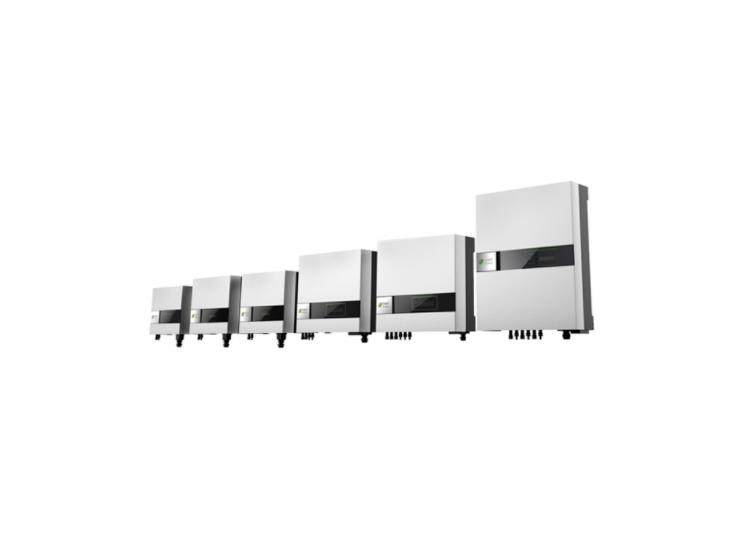
Benefits of a Solar Inverter
Maximize energy production
Solar inverters keep track of voltage to discover the maximum power that the modules can function. Because it focuses on solar array voltage, you get the cleanest energy possible. A grid tie solar inverter produces maximum energy compared to its low-cost counterparts.
The modified sine wave ensures efficient energy for the most sensitive appliances. This is the voltage the inverter makes over time without damaging the electrical components. Remember, your solar inverter will allow for more power than the maximum AC output for conversion losses.
Monitoring system output
A solar power inverter generates thousands of watts every day. The inverter offers a way to help you view how much power you’re using. Some allow you to track performance using a mobile app. If the modules are upgraded, the unit will identify the string’s peak.
If things aren’t working as they should, the unit alerts you automatically. Even better, you can use the tracking system to check whether the system is producing the right amount of electricity.
Some systems measure energy production with a charger controller. The data can also be monitored via Wi-Fi, so you can assess the system via mobile.
Communicating with the utility grid
If there’s a temporary power outage, the solar power inverter ensures electricity is not transmitted to external power lines. New smart inverters have a way of communicating with the grid. They carry out grid-supportive tasks that relate to frequency, communication, voltage, software, and controls.
Any line worker on the grid is protected from injuries. If your home doesn’t require all the energy produced, the surplus can help you generate energy credits. In case of voltage change, a smart inverter can turn into standby mode. If the disturbance persists, the system turns off automatically.
How long do solar inverters last?
On average, a residential solar panel can last 10 to 15 years. Most brands will give warranties that extend to 20 years. If you’re looking for an off-grid-based inverter, the lifespan can be shorter.
A residential string inverter can last up to years. You can replace it during the panel’s life. Some solar contracts include free monitoring as part of the contract.
Microinverters have an average lifetime of 20-25 years and are often backed by a 20-year warranty. Being a relatively new technology, we are yet to see a unit that fulfills the 20-year promise. The same applies to DC optimizers – they can last up to 25 years.
The truth is, that the lifespan of a solar inverter depends on several factors like heat, humidity, and maintenance. However, some brands are designed to withstand high sunlight.
For multiinverter installations, you should ensure there’s enough heat between installations. The idea is to prevent heat transfer between inverters. Keep in mind that the electrical components of the inverter determine the lifespan.
A common issue with inverters is the electro-mechanical wear of the capacitor. For instance, the electrolyte capacitors age faster than those with dry components. To ensure the durability of your unit, you should inspect it quarterly. You want to be sure there are no signs of damage.
If you want the unit to last for many years, you should install it in a cool dry place. Also, you should avoid areas with direct sunlight. Since an inverter has complex components, you should schedule maintenance every few years. A licensed professional will help to check for corrosion in the internal parts.
CHINT solar inverter
CHINT is a global power systems provider that offers units that maximize the performance of your solar energy system. The manufacturer is known for its award-winning string inverters.
CPS SC1.5-4.6kW Series
This is a grid-tied inverter designed for residential, commercial, and utility systems. It features an efficient cooling system and a unique thermal design to ensure high reliability. In addition, the friendly interface makes maintenance easy and fast. These inverters come with an innovative inductor subsystem that guarantees customers high-efficiency levels of up to 96.5%. The CPS SC1.5-4.6kW Series interface makes maintenance and installation a breeze.

This inverter series is designed for both residential and commercial applications. The concise design guarantees energy efficiency of up to 98.3%. It has an internal DC switch to improve safety and reliability. Of course, you get best-in-class service and a warranty.
These units allow you to change the settings, so you can assess the system performance.
Conclusion
Chint solar power inverters have earned a positive reputation in local and international markets. We are known for user-friendly interface and full load high efficiency. Also, the professional industrial design gives these systems a competitive edge compared to other brands.
Chint has heavily invested in research and development to suit the needs of customers. Its current lineup consists of 8kW, 10kW, and 12kW units. Both the CPS SC1.5-4.6kW Series and CPS SCA8-12kW Series will help you maximize the performance of the solar system.
Recommend Reading
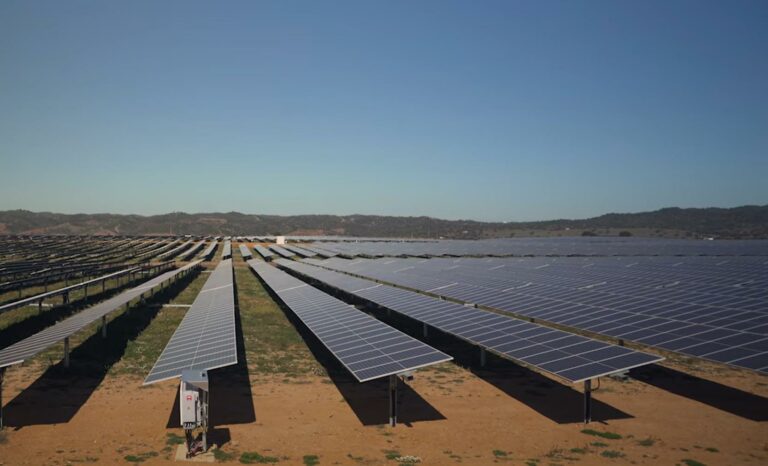
Best PV Inverters For Solar Panels
Table of Contents What is a PV inverter? Anyone can use photovoltaic solar panels to power an off-grid local electrical network or to feed electricity
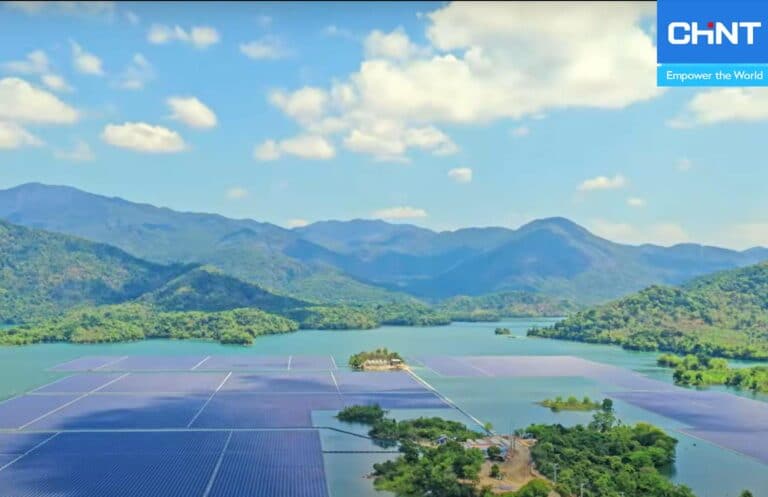
How To Build an Off-Grid Solar System?
Table of Contents Off grid solar system are on-trend nowadays because they can save you lots of money. You won’t worry about paying your electricity

